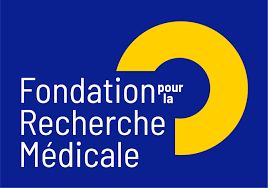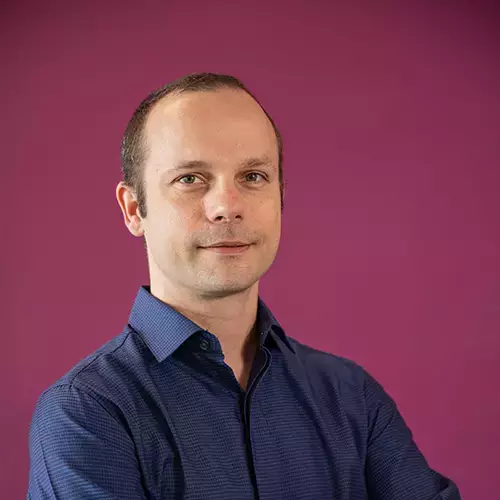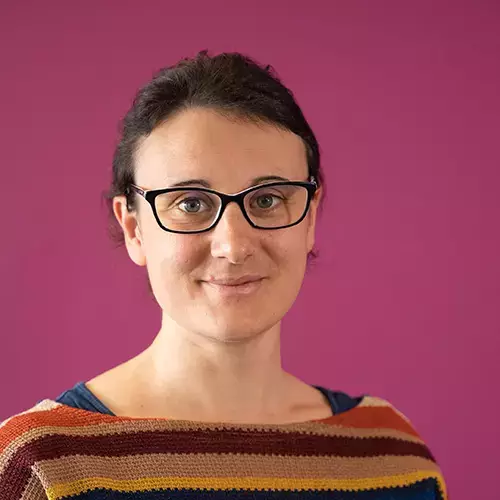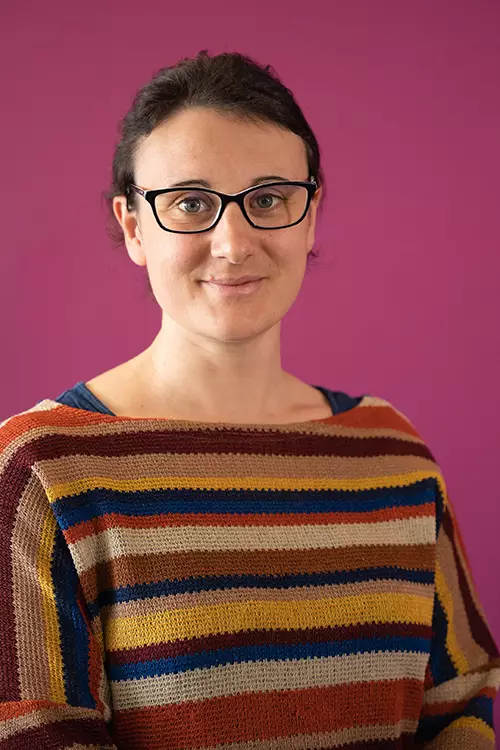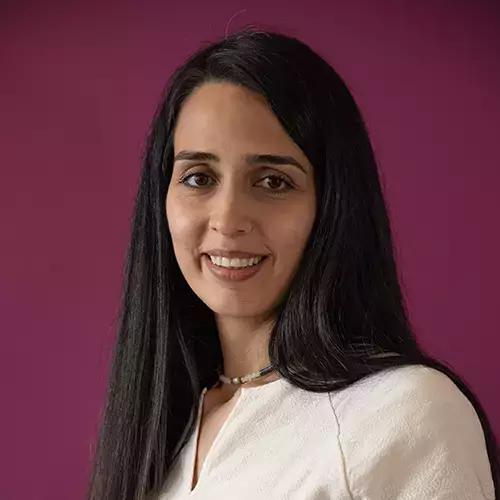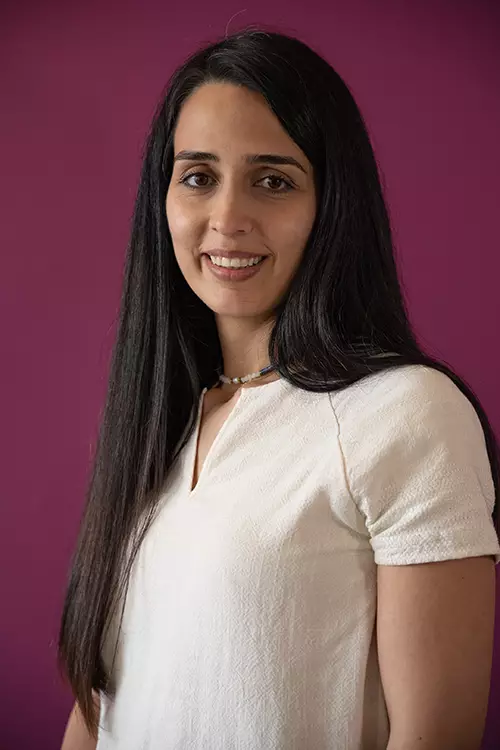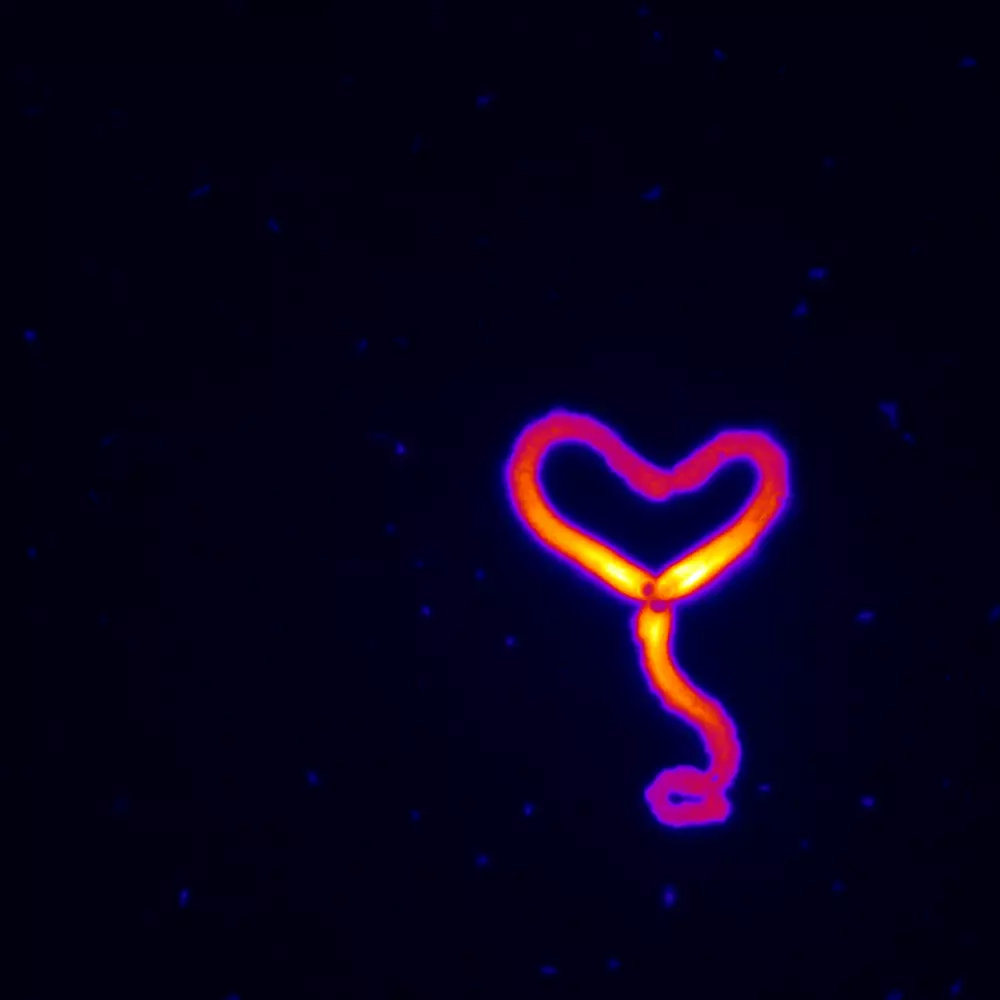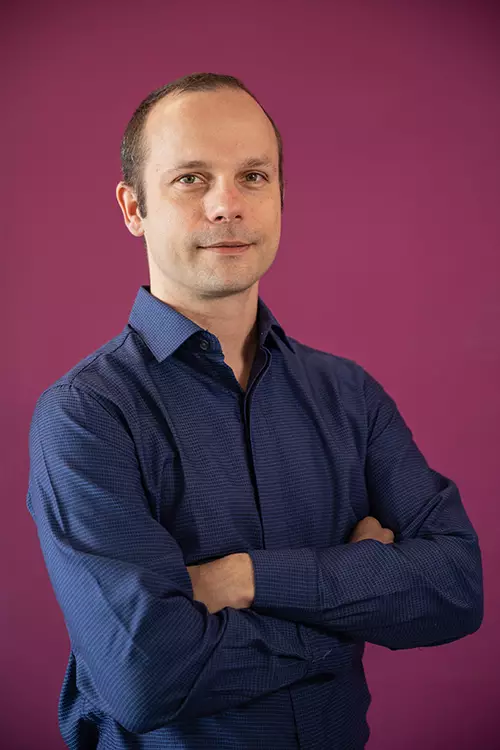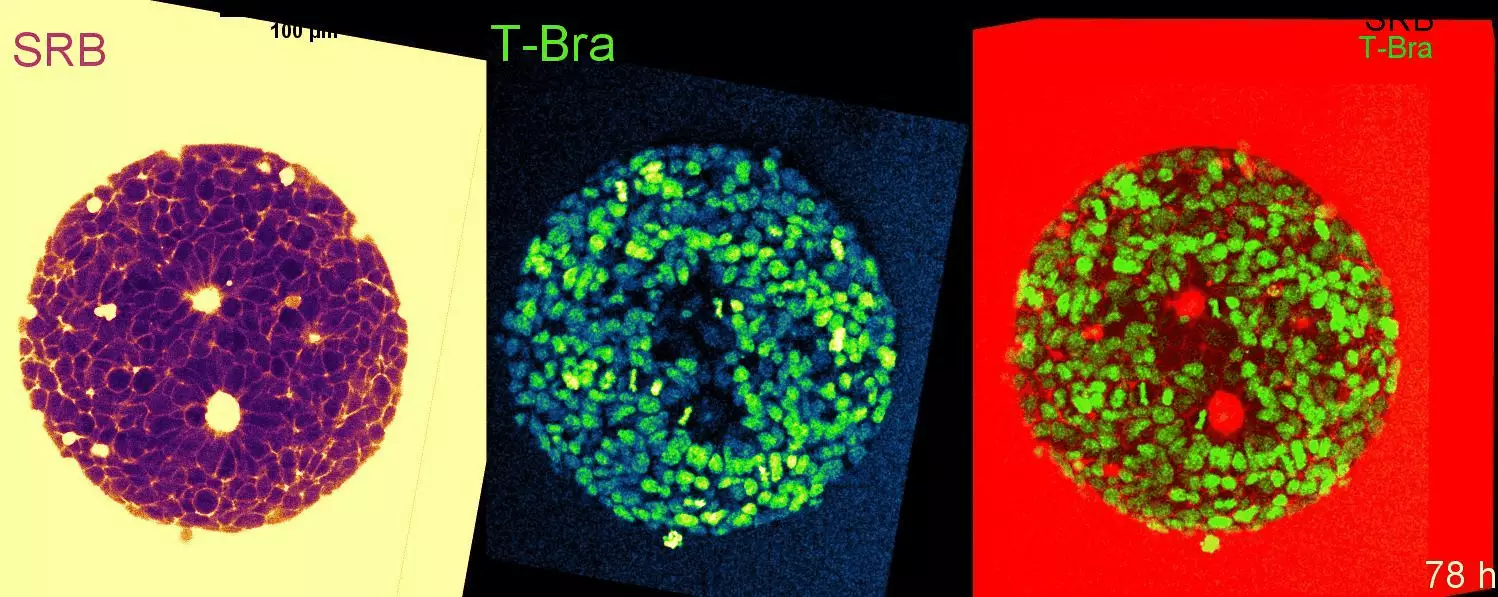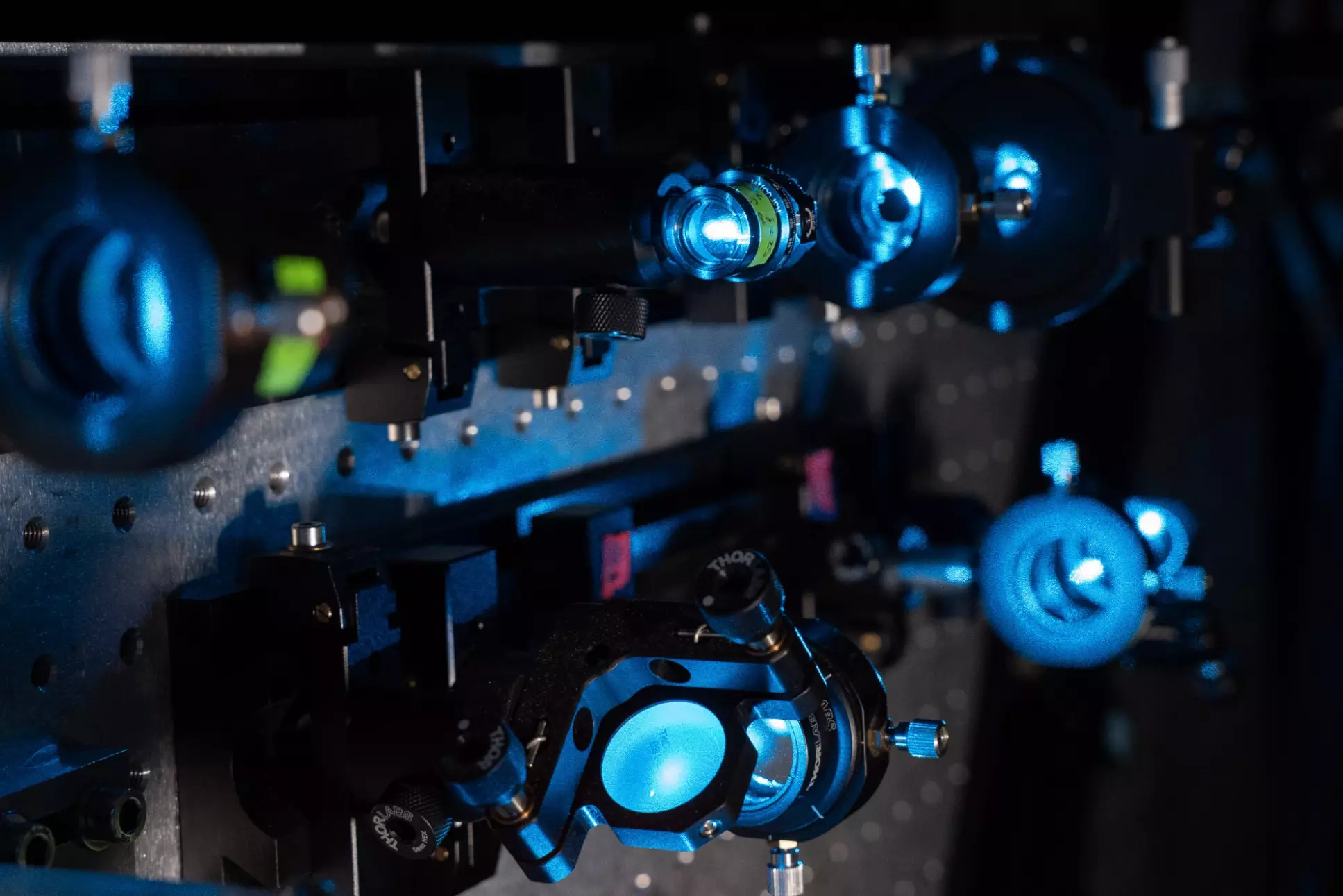Physical and Molecular Principles Governing Cytoskeletal Organization
Our goal is to understand how cytoskeletal proteins cooperate for cells to exert forces or resist mechanical stress.
The cellular cytoskeleton is composed of proteins that can polymerize in the form of tubes or filaments. These biological polymers form a dense and organized meshwork that allows cells to resist mechanical constraints, or to exert forces through the action of molecular motors or from the reorganization of these networks. The cytoskeleton is essential for many cellular functions such as migration or division.
All known living organisms have a cytoskeleton, and some polymers such as actin and microtubules are extremely conserved in eukaryotes. In mammals, many diseases and in particular certain types of cancers are related to defects of the cytoskeleton. Thus, understanding from a fundamental point of view all the subtleties of its functioning is essential to explain certain pathological cellular behaviors.
The main objective of the team is therefore to understand how the polymers of the cytoskeleton and their multiple associated regulatory proteins function together in the cell. To solve this problem, we mainly adopt a reductionist approach based on the idea that any biological process is well understood from the moment when we are able to reconstitute it from its most elementary building blocks. Our work therefore consists first of identifying key molecules through genetic and cell biology approaches. Then, the purification and biochemical analysis of these compounds allows us to predict their functions within complex molecular interaction networks. Finally, we develop a variety of biomimetic systems to reproduce and analyze the behaviors observed in the cell. This work requires a strong interdisciplinarity, at the crossroads of biology, chemistry and physics.
Publications
The cellular slime mold Fonticula alba forms a dynamic, multicellular collective while feeding on bacteria
Specialization of actin isoforms derived from the loss of key interactions with regulatory factors
A Functional Family of Fluorescent Nucleotide Analogues to Investigate Actin Dynamics and Energetics
Mechanical stiffness of reconstituted actin patches correlates tightly with endocytosis efficiency
Sizes of actin networks sharing a common environment are determined by the relative rates of assembly
Architecture dependence of actin filament network disassembly
The cellular slime mold Fonticula alba forms a dynamic, multicellular collective while feeding on bacteria
Specialization of actin isoforms derived from the loss of key interactions with regulatory factors
Linking single-cell decisions to collective behaviours in social bacteria
A Functional Family of Fluorescent Nucleotide Analogues to Investigate Actin Dynamics and Energetics
Amoeboid Swimming Is Propelled by Molecular Paddling in Lymphocytes
Diversity from Similarity: Cellular Strategies for Assigning Particular Identities to Actin Filaments and Networks
Force Production by a Bundle of Growing Actin Filaments Is Limited by Its Mechanical Properties
Mechanical stiffness of reconstituted actin patches correlates tightly with endocytosis efficiency
Sizes of actin networks sharing a common environment are determined by the relative rates of assembly
Tropomyosin Isoforms Specify Functionally Distinct Actin Filament Populations In Vitro
Architecture dependence of actin filament network disassembly
Site-specific cation release drives actin filament severing by vertebrate cofilin
Cofilin-2 controls actin filament length in muscle sarcomeres
Membrane-sculpting BAR domains generate stable lipid microdomains.
Lsb1 is a negative regulator of las17 dependent actin polymerization involved in endocytosis.
Actin filament elongation in Arp2/3-derived networks is controlled by three distinct mechanisms
Mechanism and cellular function of Bud6 as an actin nucleation-promoting factor.
Determinants of endocytic membrane geometry, stability, and scission
Building distinct actin filament networks in a common cytoplasm
The formin DAD domain plays dual roles in autoinhibition and actin nucleation.
Reconstitution and protein composition analysis of endocytic actin patches
A “primer”-based mechanism underlies branched actin filament network formation and motility.
Stochastic severing of actin filaments by actin depolymerizing factor/cofilin controls the emergence of a steady dynamical regime.
Actin-filament stochastic dynamics mediated by ADF/cofilin.
Attachment conditions control actin filament buckling and the production of forces.
Villin Severing Activity Enhances Actin-Based Motility in vivo
A novel mechanism for the formation of actin-filament bundles by a nonprocessive formin.
The formin homology 1 domain modulates the actin nucleation and bundling activity of Arabidopsis FORMIN1.
News
Our results allow us to propose a simple and efficient model of how life could generate new functions through the use of new actin isoforms.
The team of Alphée Michelot, in collaboration with the team of Pekka Lappalainen (University of Helsinki) identified and characterized a family of highly sensitive fluorescent nucleotide analogues structurally compatible with actin.
Mechanical stiffness of reconstituted actin patches correlates tightly with endocytosis efficiency
A multi-disciplinary collaboration between the team of Alphée Michelot and the team of Olivia du Roure and Julien Heuvingh at the ESPCI publishes in Plos Biology a study demonstrating that the mechanical stiffness of endocytic actin patches correlates tightly with endocytosis efficiency.
Size regulation of actin networks in cells
The team of Alphée Michelot publishes in Plos Biology a study demonstrating how cells control the size of multiple actin networks within a common cytoplasm.
No jobs opportunities found..
Team members
Alumni
Funding bodies

